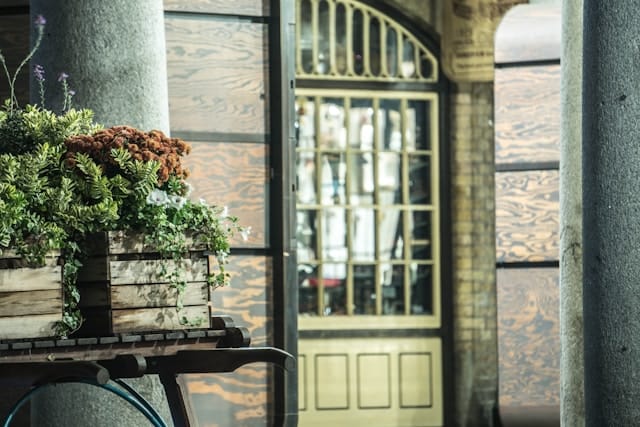Since he visited Japan in his twenties, John Pawson has never designed anything that wasn’t minimalist. Financial Times called him “a minimalist to the max”. Pawson was once asked if minimalism meant art, fashion, lifestyle, philosophy, or religion. His answer? “All of them.”
From odd to mainstream
Pawson told The Guardian in 2016, “In the beginning, people thought what I was doing was very odd and then it became mainstream. But this is just a very short period. It’s something that’s been around forever. People have always been going further and further into the desert to get away.”
Spaces can be events in themselves
One of Pawson’s most public commissions, London’s Design Museum, features an oak, stone, and white paint interior. Pawson’s job involved mainly the insertion of new structures under a 1960s roof. He described the museum’s square hall and the visitors circulating it as a “theatre” and “an event in itself”.
Rowan Moore, writing for The Guardian, said, “At its best, Pawsonian minimalism is about making things that are alive and/or beautiful become more so through the way the architecture directs attention to them.”
Work on everything
Pawson’s work includes a wide range of designs: the Design Museum, a Cistercian Abbey in Hungary, Tel Aviv’s Jaffa Hotel, and a holiday home in a remote Welsh valley. Pawson says he works on “everything from a spoon to a monastery”.
As well as grander spaces, Pawson has worked on smaller details, like door furniture for modern interior doors. He has written of the need to consider “the light, the volume, the junctions, the proportions and the material palette”.
Compromise
Pawson has implied that clutter is inevitable, however big a fan of minimalism he may be. He told The Guardian in another interview, “Life’s a compromise when you live with people. When [his wife] Catherine goes away, I get everything absolutely in order and she goes slightly mad because I tidy up her papers. And within seconds she has messed up my work, but I am so happy to have her back I don’t mind.”
Have little, feel free
Asked where his impulse to get rid of objects comes from, Pawson said, “I don’t know. I just remember at a very early age, going back to school and really loving travelling light. Having very little just made me feel free.”
Comfort in design
In an October 2024 journal entry on his website, Pawson wrote, “I find profound comfort and pleasure in environments where it’s all about the proportions, the junctions and the surfaces. If these are right, nothing more is required.”
Similarly, in a June entry about his furniture collection for Dinesen, Pawson wrote, “The vision is of a place where people experience an instinctive ease and affinity with a physical environment, which is the essence of feeling at home.”
Simpler is better
In a September 2022 journal entry, Pawson wrote of “Everyday poetry”: “Something as simple as a kettle set on a hob becomes simultaneously a piece of art, poetry and domestic archaeology.”
Pawson designed his home’s plates, bowls, cutlery, water glasses, taps, light switches, escutcheons, doorknobs, and salt and pepper pots. He told The Guardian, “I suppose I like to see if I can do better than what there is.” What’s “better”? Pawson says, “Well, simpler.”

